



In 2023, the Smithsonian Institution’s National Museum of Asian Art was celebrating their centennial anniversary with a collection of programming to mark both their rich history as a cultural institution and their future as an innovative, digitally-enabled museum. A central showpiece was “Anyang China’s Ancient City of Kings”, a fifteen-month long special exhibition dedicated to sharing the museums collection of Shang Dynasty artifacts; including bronzes, jades, ceramic and jade artefacts. All of these objects are believed to have come from Anyang, one of China’s most important and longest running archeological sites with which the museum has a special connection. The museum wanted this exhibit to embrace new ways of engaging museum visitors, and so we were tasked with collaborating closely with the shows curators, and the museum team to create three different activations for the show: Anyang Underground, Life in the City & Hidden Dragons AR.
Anyang Underground, a physical installation situated in the show’s foyer, is the first and last thing visitors see as they navigate the exhibit. We were tasked with creating a narrator-less video, using archival photos, documents and footage, to tell the story of the rediscovery of the site and the first seasons of excavations in the 1920s and 30s, which the museum played a part in supporting. Working alongside the curators, we lovingly crafted a multi-screen storytelling experience, broken into 3 parts, that simultaneously takes place over three projection walls and one projection table. To complement our visuals, we also composed a wonderfully immersive and contemplative soundtrack, delivered via 4 speakers spatially positioned near each projection.
As well as the live experience, we also created a fully accessible web adaptation, featuring a virtual rendering of the installation for online visitors to enjoy the experience from the comfort of their own home.
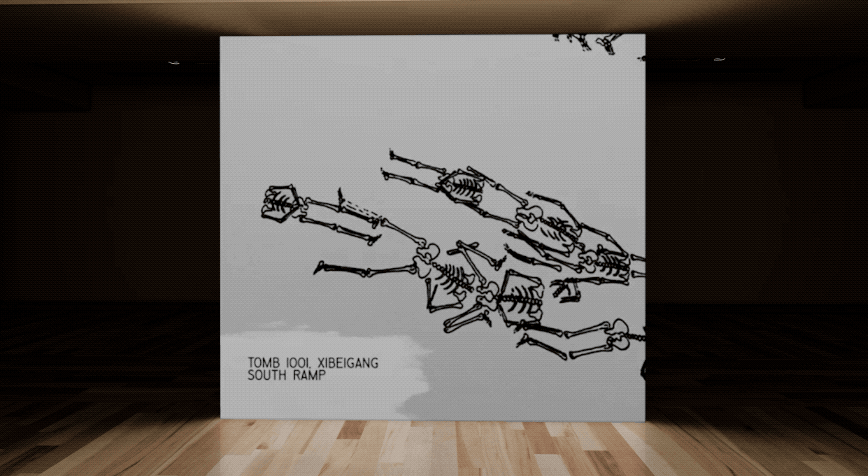
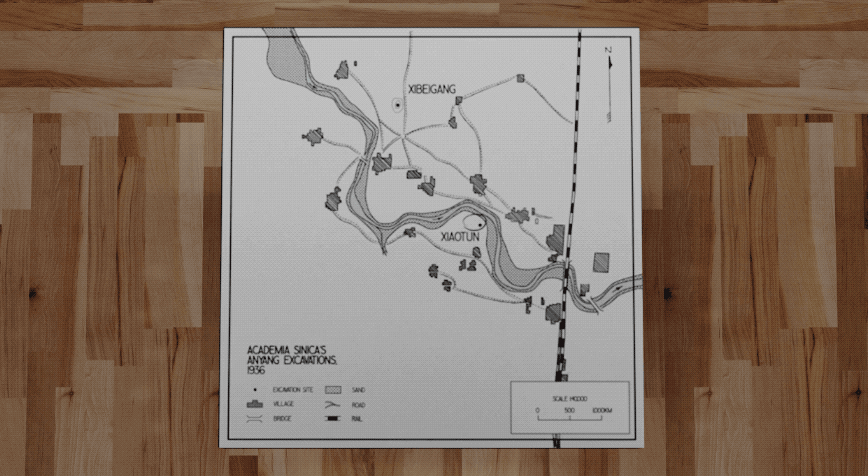

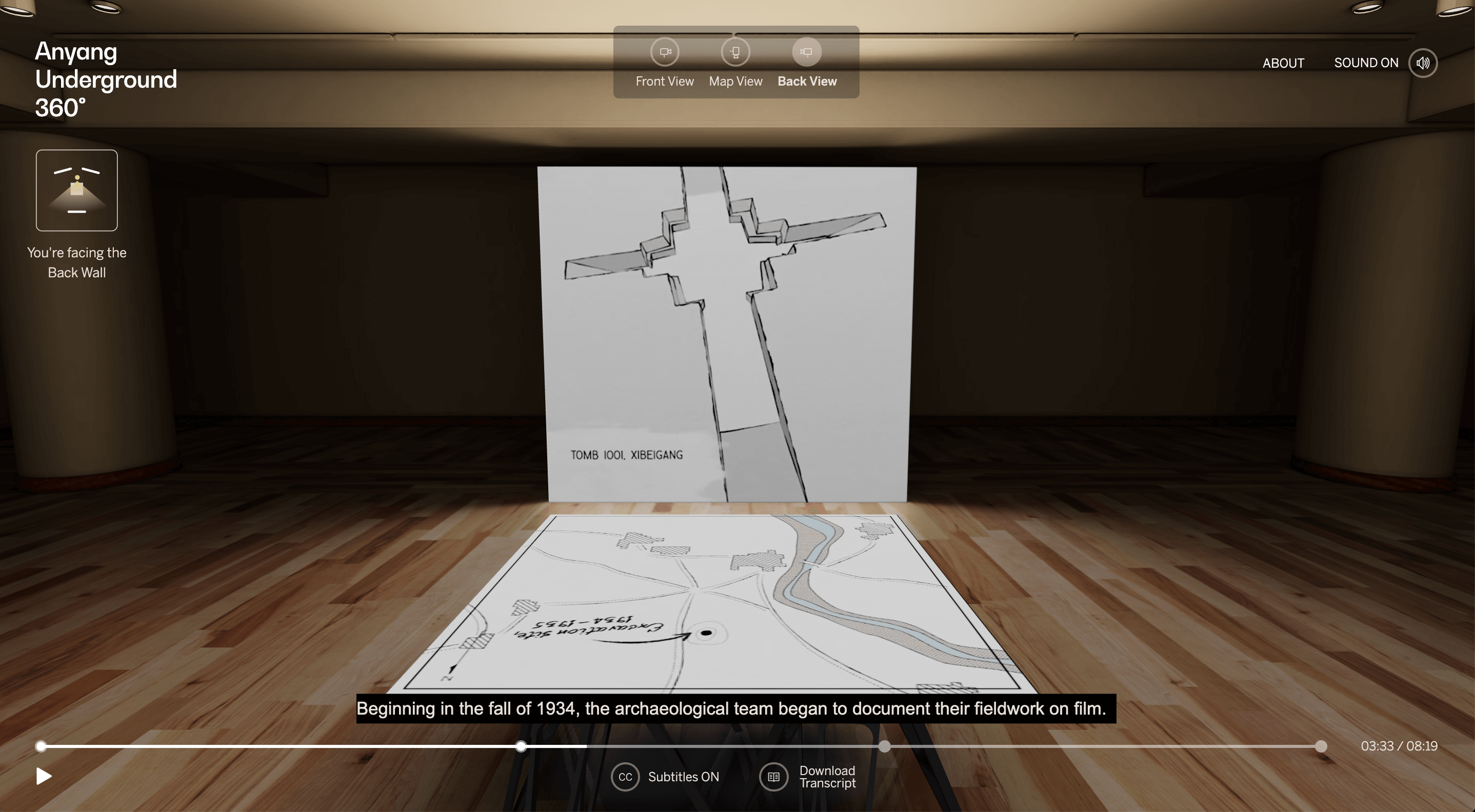
The Life in the City experience was a multi-screen interactive kiosk that offered visitors a sense of the city of Anyang and the people that inhabited it. Composed of two screens, visitors navigated the experience via feature hot-spots on a map using a tabletop touch screen, then consumed content relating to hotspot themes via a wall mounted display. Initially viewed as a tabletop experience, we concepted the dual screen design, then worked closely with the museum team to design and build an intuitive, interactive experience while they fabricated the physical kiosk.
With 6 unique themes composed of 5 different content pages, it was an information-rich experience. Working closely with the curators we devised a beautiful art direction which became the influence for the branding of the entire show. We further enhanced the limited visual assets available to us with custom illustrations, slideshows, and animations to craft deep storytelling experience. We also designed and launched a single-screen, fully accessible web adaptation of the experience.
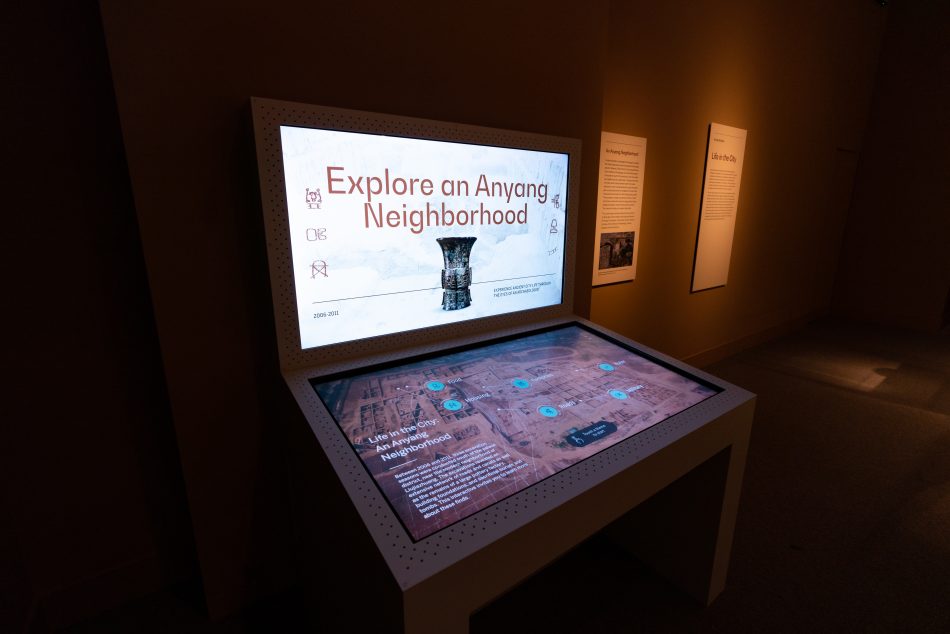
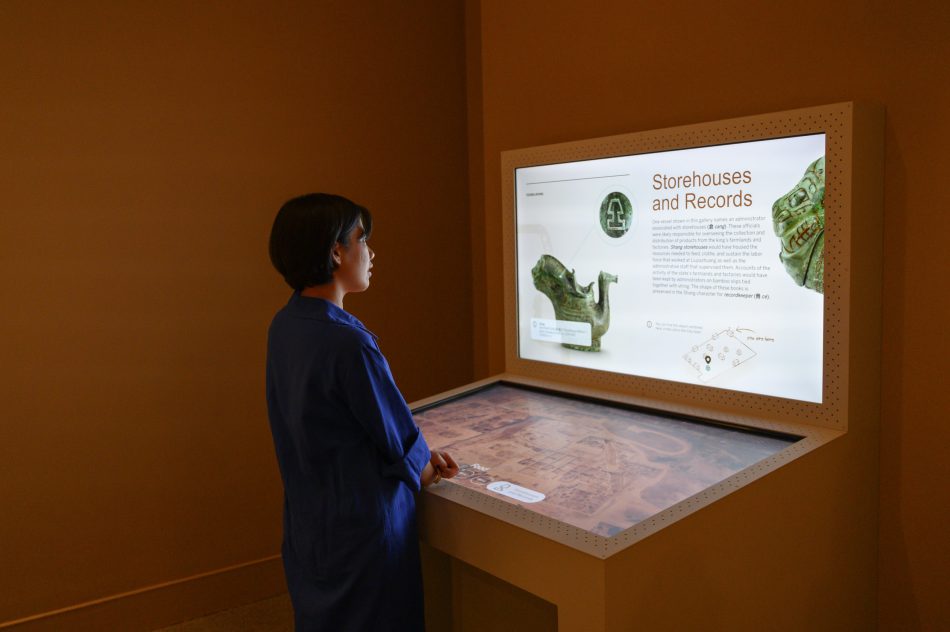
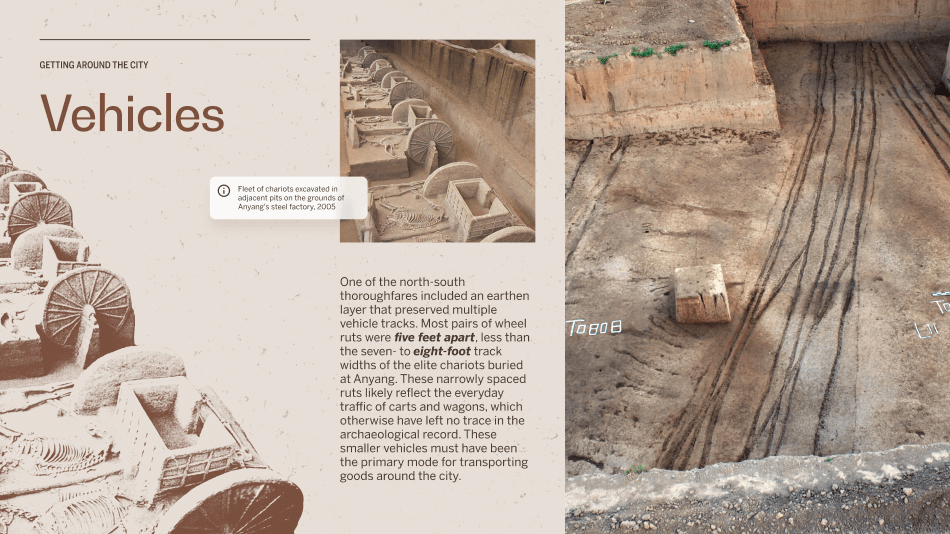
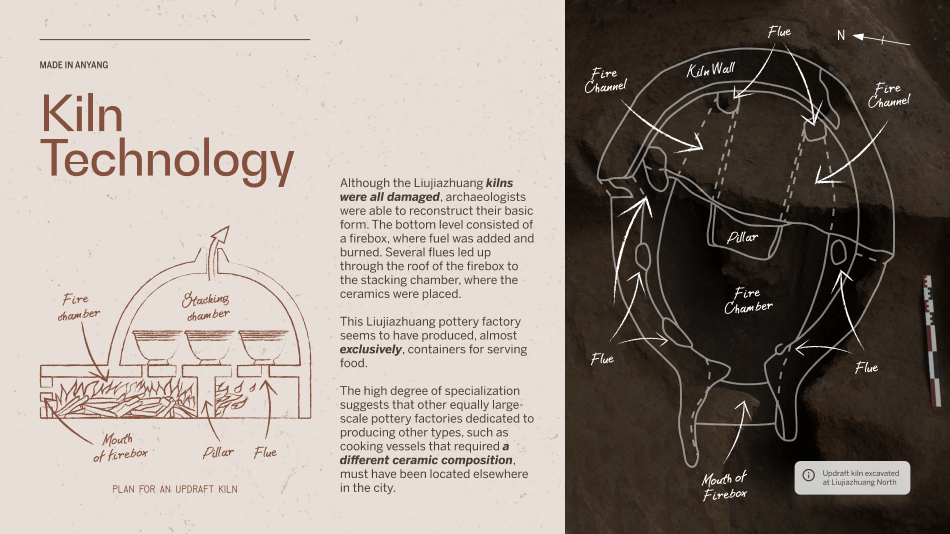
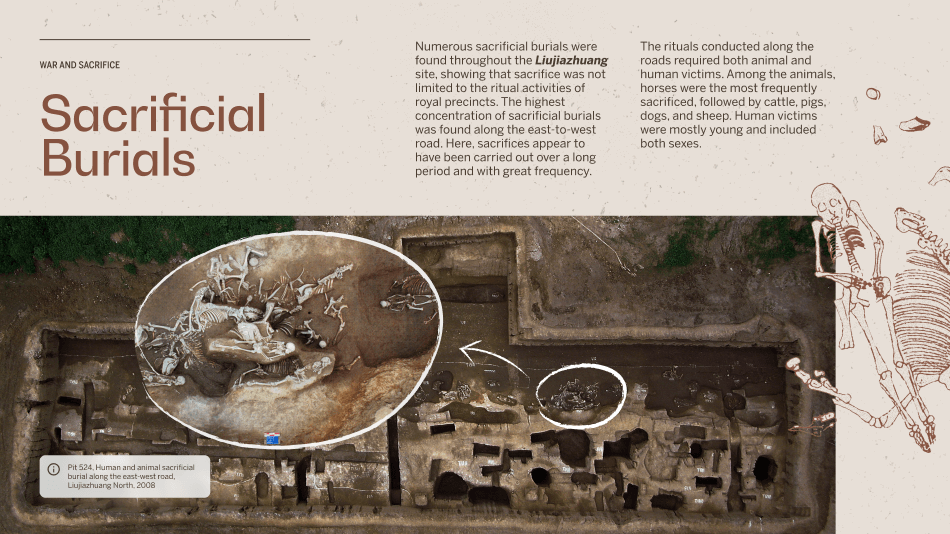
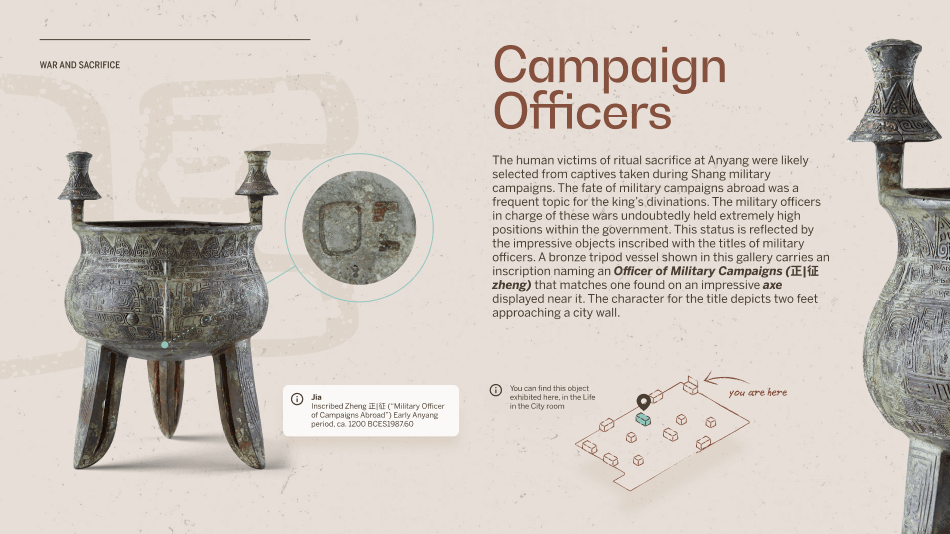
Hidden Dragons was a fun, educational AR experience that thematically and literally connected the Anyang and Ancient China exhibits, while offering visitors up-close access to Shang Dynasty objects from the museums on and off-display collection. As well as elevating the Anyang show through an additional gamified touchpoint, Hidden Dragons also sought to help solve a key pain point in the museums customer experience: realising that the museum itself is composed of two buildings and helping visitors navigate the aptly nicknamed “corridor of confusion” that connects them. Through our scavenger hunt, players took a physical journey between the two buildings, engaging with AR artifacts and collecting six ancient dragons at key navigation touch-points with the help of our friendly resident dragon, Jun.
Because of the navigational aspect, the experience was designed to be played onsite at the National Museum of Asian Art. However we also created a fully accessible version that has the added benefit of allowing off-site players to experience the fun of finding and collecting ancient dragons at home.
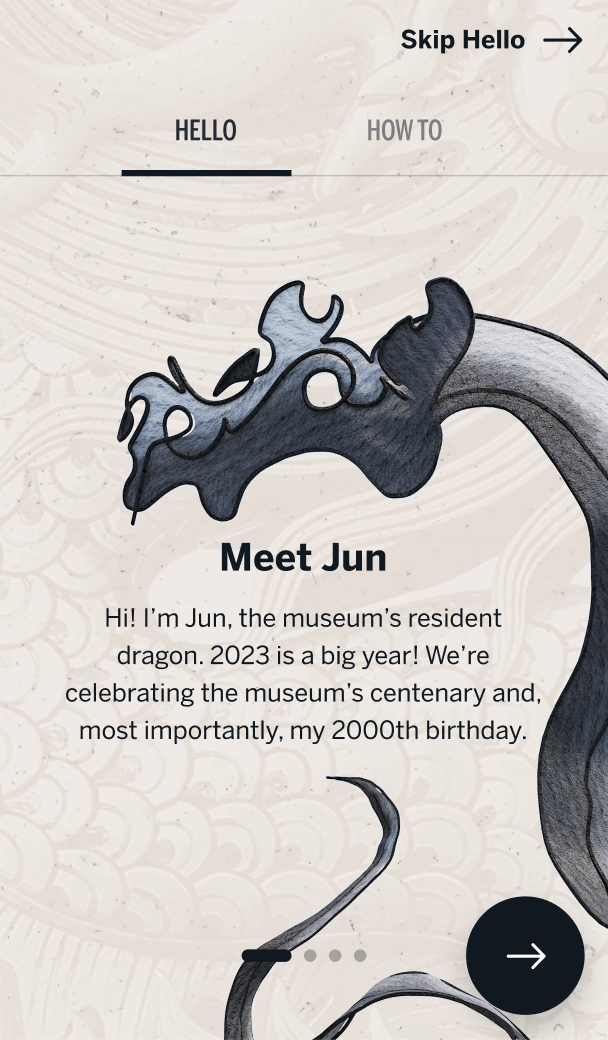
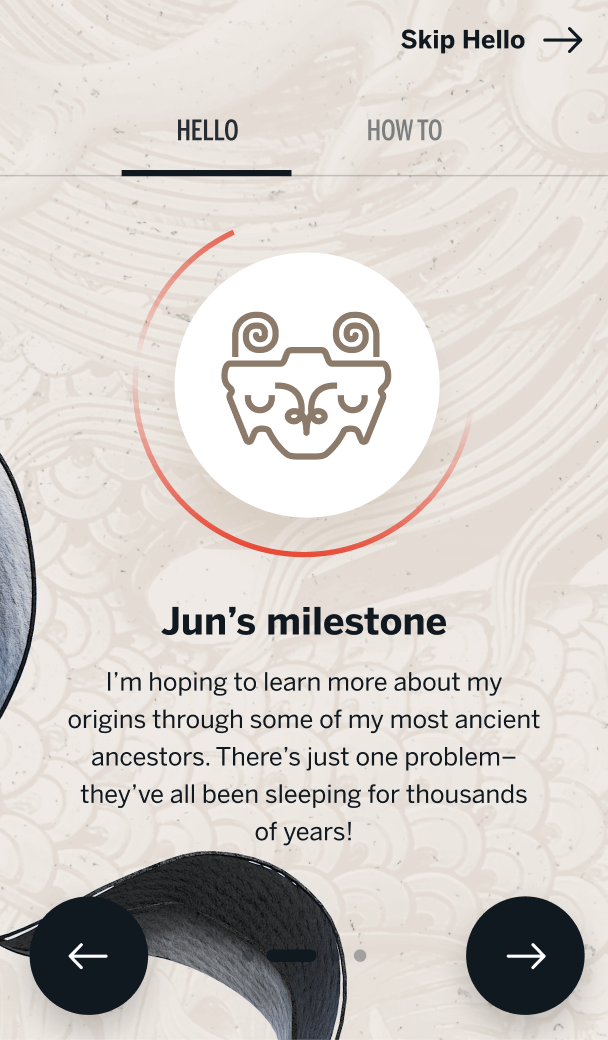
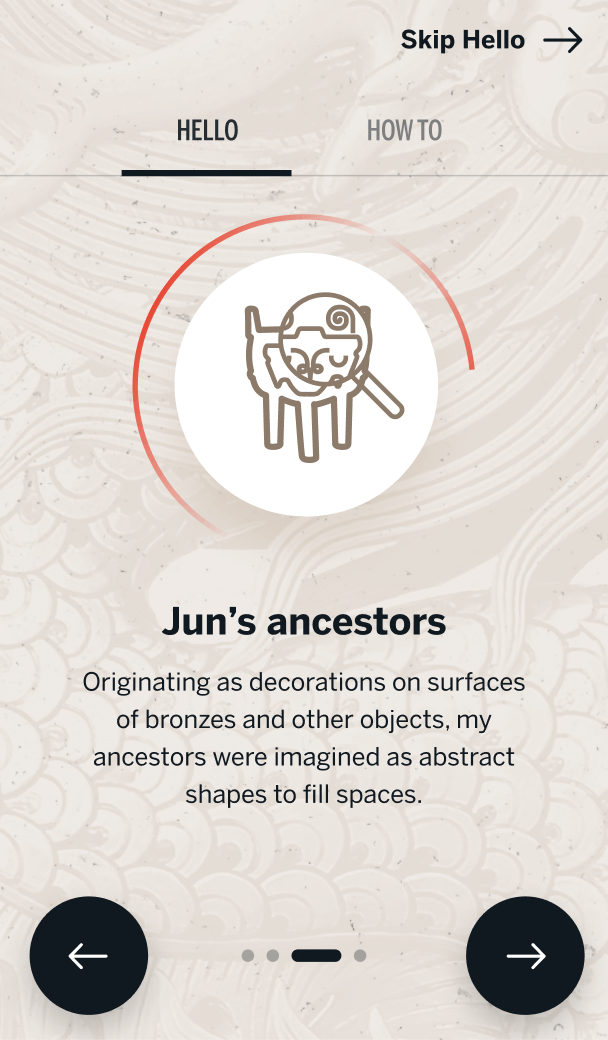
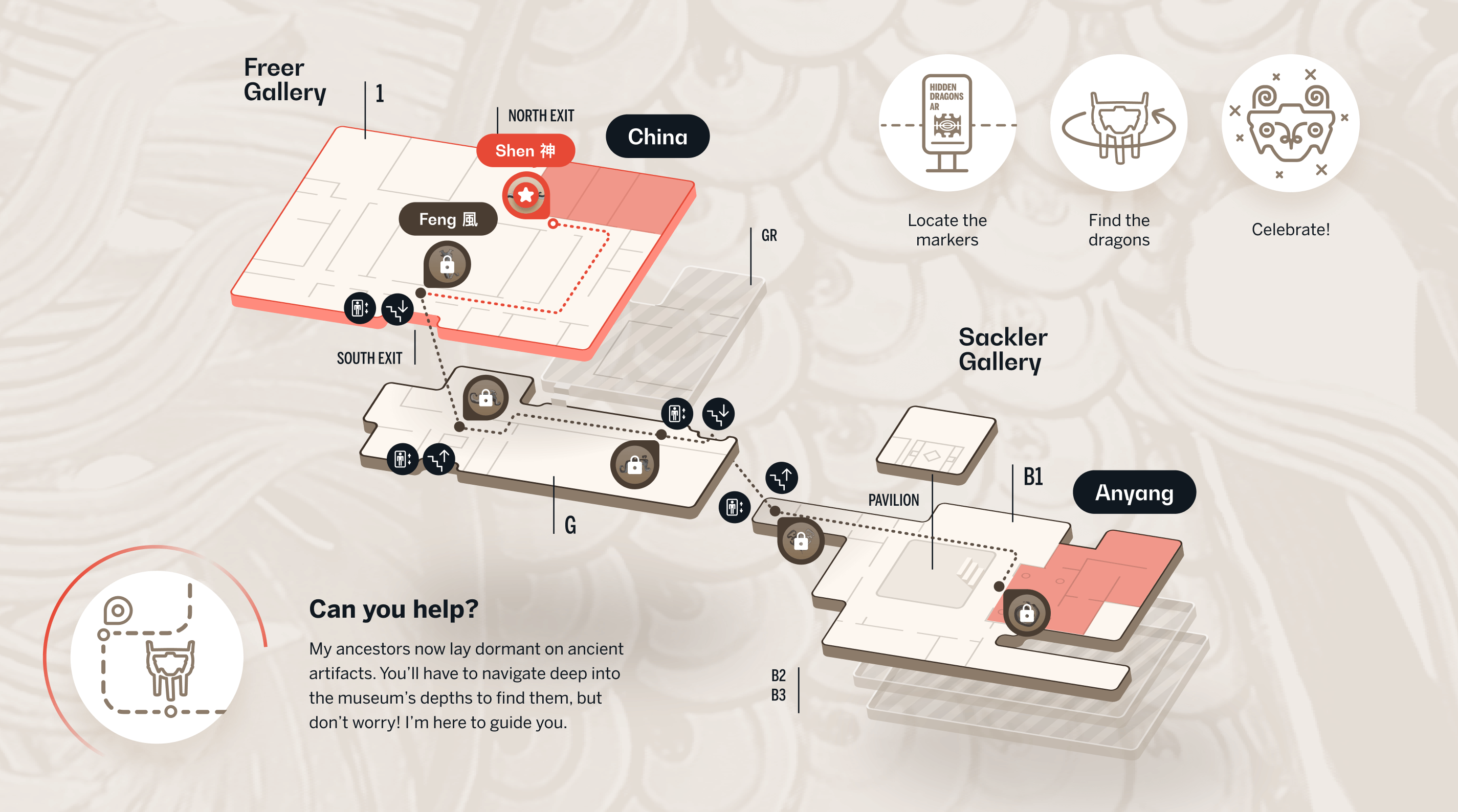
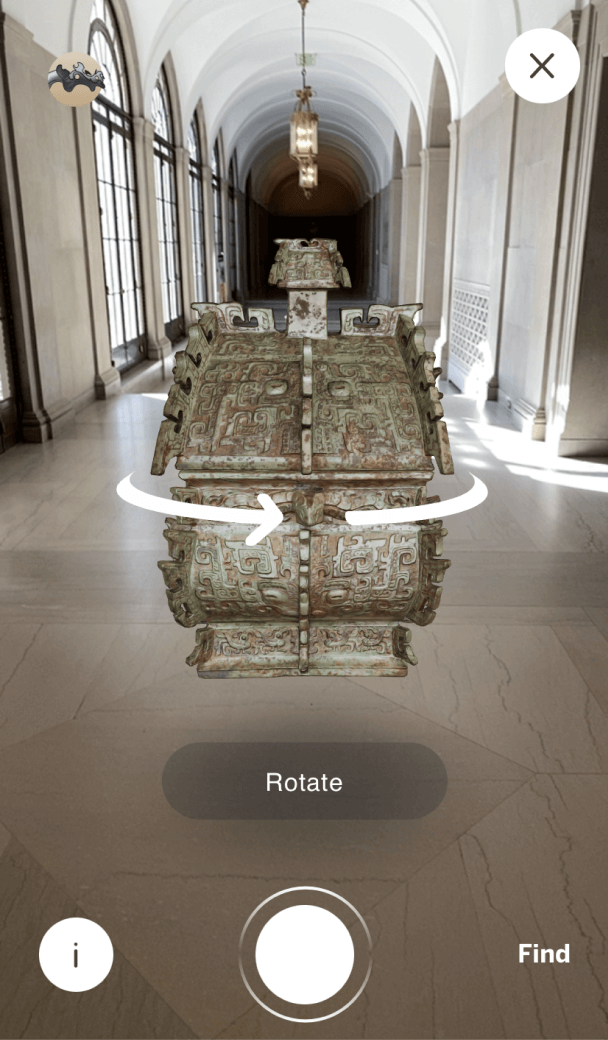
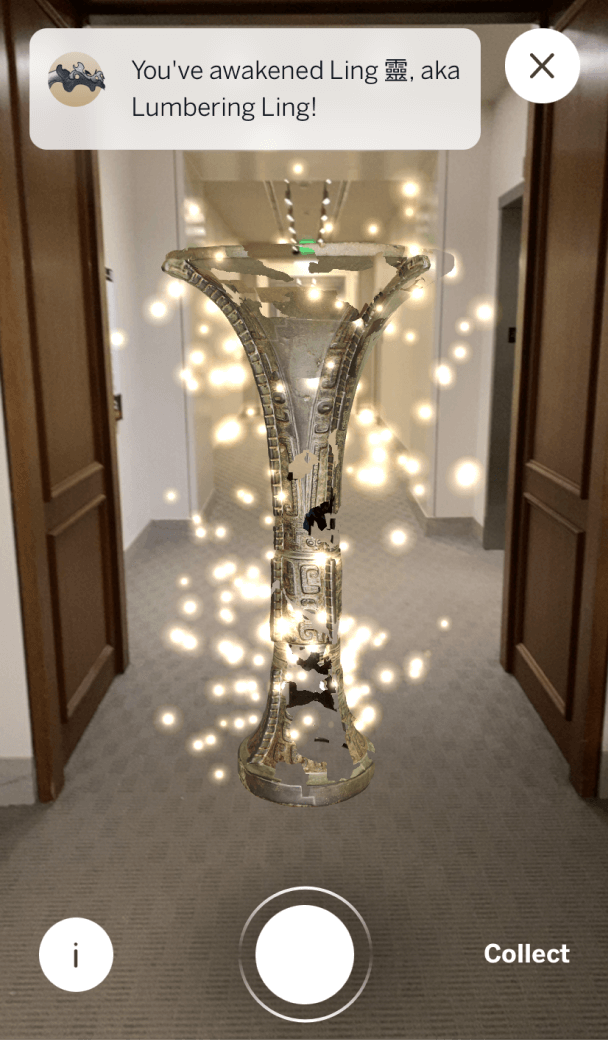
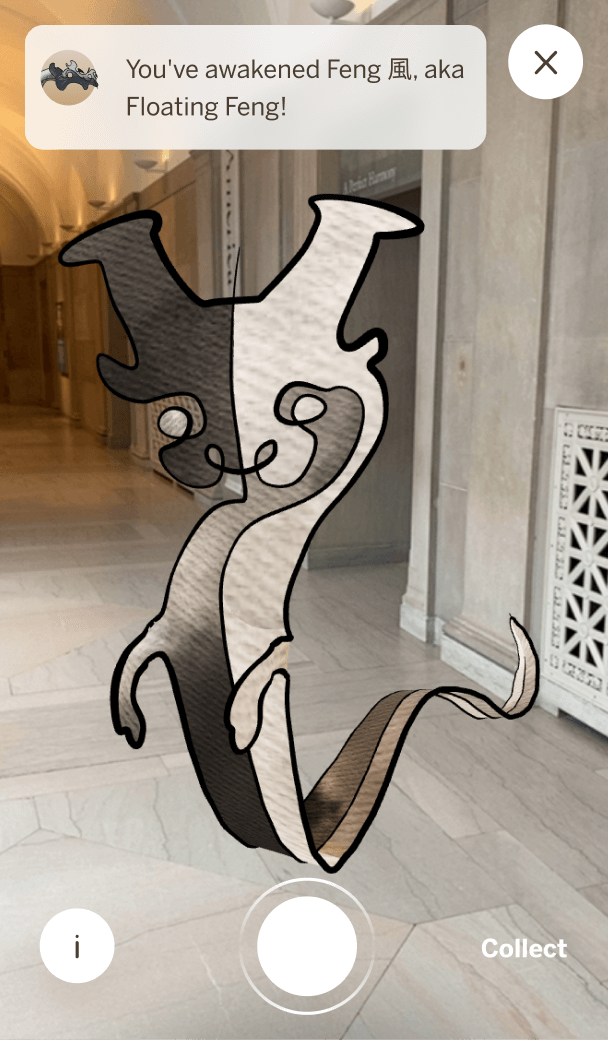
When all was said and done, this turned into one brief composed of five projects (the extra two being the web adaptations of the live installations). Bringing everything to life was a mammoth undertaking. As Creative Director, I managed and oversaw creative production for all aspects of each of the projects. I collaborated with the client to collaborate and ascertain their vision and aspirations, translated this into concepts. Then I took these through production, working closely with our internal teams, to ensure we were staying true to the brief and client feedback. Throughout the process, I kept a keen eye on every detail, whilst not losing sight of the big picture of how everything connected and where we sat within the scheme of the overall show. The whole process was an incredibly challenging, but wonderfully rewarding experience.
Credits
Unit9
Smithsonian Institution
National Museum of Asian Art
